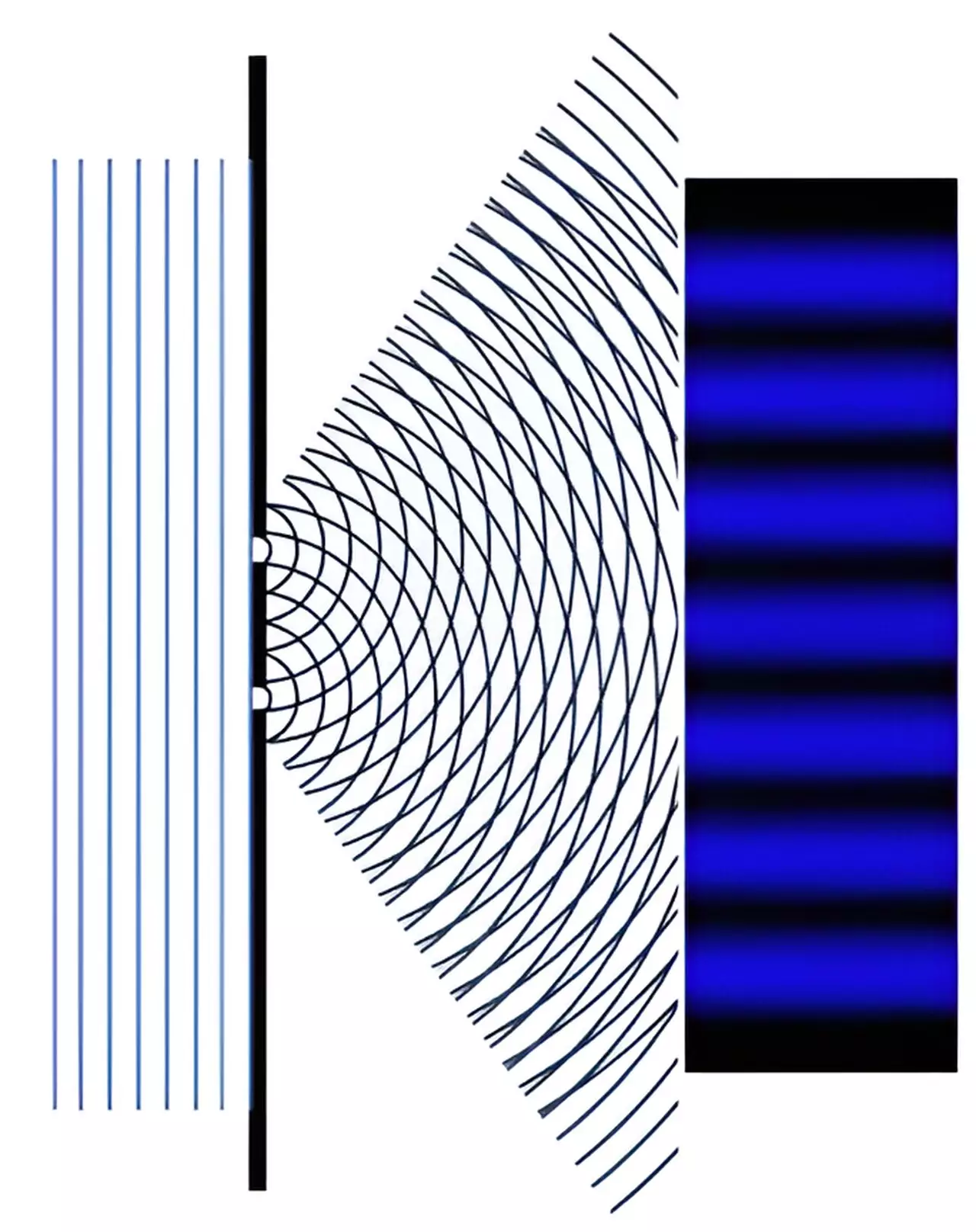Quantum computing holds the potential to revolutionize how we process information, featuring systems that exploit the peculiar principles of quantum mechanics. Unlike classical computers, which manipulate bits (0s and 1s), quantum computers use qubits, which can represent and manipulate data in multiple states simultaneously thanks to superposition. This unique capability allows quantum computers to tackle complex problems exponentially faster than their classical counterparts. However, a particularly tantalizing concept in the realm of quantum computing is that of topological quantum computing, which is still largely theoretical but promises remarkable stability and computational power.
At the heart of topological quantum computing lies a special type of qubit: the topological qubit. The primary strength of topological qubits is their inherent resistance to local disturbances, which makes them less susceptible to error. This quality arises from the topology of the states within the quantum system, meaning that the qubit’s identity is determined not by the specific properties of its particles, but by their arrangement in a broader contextual structure. For topological quantum computing to become a reality, researchers are tasked with finding and manipulating a novel type of qubit that can embody these desired characteristics.
Discovering “Split-Electrons”: An Innovative Approach
Recent research by theorists Andrew Mitchell and Sudeshna Sen introduces a groundbreaking concept: “split-electrons,” entities that demonstrate behavior akin to a fractionally-formed electron. Traditional physics asserts that electrons are indivisible; however, advancements in nano-scale circuit design have revealed that under certain conditions, particularly through quantum interference, electrons can act as though they have split. This realization could pave the way to developing a practical form of topological qubits.
By exploring interactions within nanoelectronic circuits, the researchers observed that when electrons are closely packed, their repulsive forces can engender an effective splitting. This means that instead of behaving as individual particles, the collective behavior of electrons can approximate the properties expected from a half-electron state. The implications of this discovery are monumental, especially considering that these split-electrons, theoretically modeled after the Majorana fermion, may hold the key to harnessing topological qubits.
The Majorana Fermion: A Long-Sought Particle
The Majorana fermion, theorized in the 1930s, is notable for being its own antiparticle—a highly sought-after phenomenon in physics. Despite extensive research, this particle has not been successfully isolated in an experimental setting. The current work suggests a pathway to create Majorana fermions within nano-circuits, thus integrating them into electronic devices that could be manipulated to perform calculations using topological qubits. The pursuit for Majorana fermions signifies not just a quest for knowledge, but also serves as a pivotal cornerstone in the evolution of quantum technology.
A particularly fascinating aspect of this investigation is the comparison to the double-slit experiment—a classic demonstration of quantum interference. In this experiment, individual electrons exhibit wave-like properties, navigating through two slits simultaneously and creating an interference pattern on a detector. This foundational concept illustrates the inherent duality of quantum particles, which is mirrored in the behavior of electrons in a nanoelectronic circuit where options for pathways can result in similar interference phenomena. By employing this quantum interference effect, researchers can now observe a transformation in how electrons are represented in condensed matter systems.
The Future of Quantum Technologies
The implications of producing and manipulating topological qubits through the phenomenon of split-electrons extend beyond theoretical exploration. If successfully implemented, this technology could enhance computational capabilities in fields that demand high degrees of processing power, such as cryptography, materials science, and complex system simulation. The potential for significant advancements in error-correcting codes and the establishment of robust quantum networks is noteworthy, propelling us toward a new era of digital innovation.
Moreover, unlocking the mysteries surrounding Majorana fermions in practical applications could lead to a radical shift in our technological infrastructure. The collaboration between theoretical physics and nanoengineering may result in the first tangible devices designed to leverage the advantageous properties of topology within quantum computing.
While topological quantum computing remains a vision for the future, ongoing research provides a glimpse of what could be achieved. With the discovery of split-electrons serving as a promising pathway toward realizing topological qubits, we stand on the precipice of an exciting new chapter in the world of quantum technologies.

